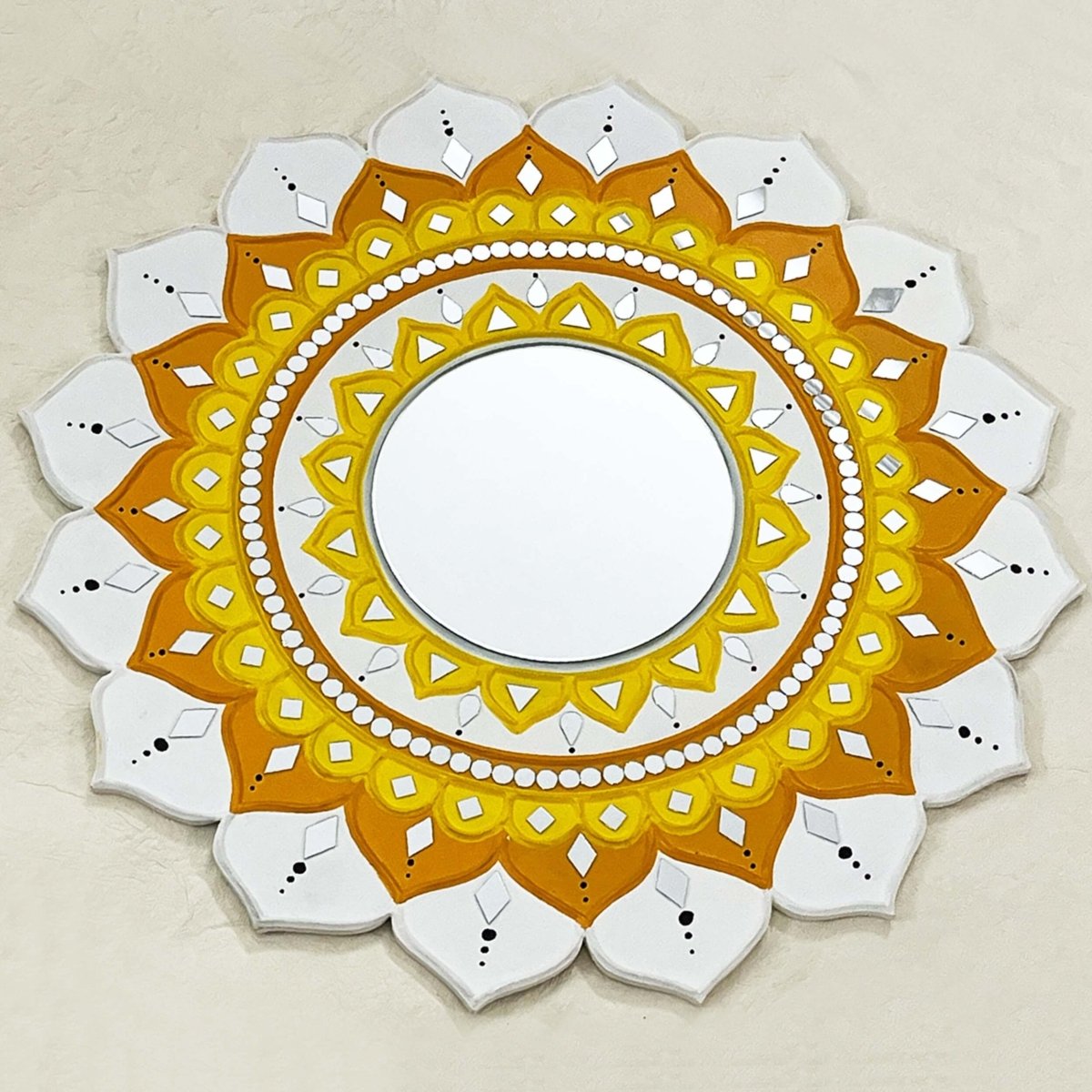Ratnagiri and the Last King of Burma
BOOKMARK
It is well known that the last Mughal King Bahadur Shah Zafar was packed off to Rangoon as a prisoner by the British after the Revolt of 1857, and he died there. But did you know that this was almost a quid pro quo, the last king of Burma, King Thibaw spent his last, equally dismal years as a political prisoner in Ratnagiri, in Maharashtra.
Ratnagiri, around 350 kms south of Mumbai is most famous for its succulent Alphonso mangoes, but till 1916, it was also home to a high profile political prisoner King Thibaw. The 19th century marked the heyday of European colonialism. Kingdom after kingdom, were taken across Asia-Indian principalities, Kandy in Sri Lanka, Cambodia, Laos, Malaysian and Indonesian sultanates, all had come under the rule of European powers like the British, the French and the Dutch.
While the entire coastal Burma was under British rule, Upper Burma or the Kingdom of Ava still held its independence. The last ruler of the Kingdom of Ava was King Thibaw Min (1859-1916), popularly known as Thibaw, who succeeded to the throne in 1878.
Author Sudha Shah’s book ‘The King in Exile’ is the most comprehensive account of the life and times of the last King of Burma. It reveals how King Thibaw was controlled by his domineering wife, his chief queen, Queen Supayalat, and it was her unbridled ambitions, which led to his eventual downfall.
Queen Supayalat was power-hungry and brutal, and she got all the rival claimants to the throne brutally murdered. The Queen and her ministers were also determined to assert their power against the British and began conspiring against them, with the French. Forever at war with France, the British were naturally alarmed. This region was rich in teak, rubber, oil and the famous Burmese rubies, and there was no way that the British were going to hand it over to the French. A trigger was required for the British to take control of this part of Burma and this was provided in 1885 when the Ava kingdom put a tax penalty on the British owned Bombay Burmah Trading Corporation for under-reporting teak exports. Thus with this trigger, the British declared war.
The third Anglo-Burmese war of 1885 was short and swift. While the first two Anglo-Burmese wars had let to the British occupation of coastal Burma, the loss in the third war effectively ended Burmese independence. The capital Mandalay was easily captured and the kingdom annexed to the British Empire.
Next came the question of what to do with the King and Queen who were still very popular. In those days, it was a common practice to exile monarchs to distant lands. The last king of Sri Lanka had been exiled to Vellore, while Bahadur Shah Zafar was in exile in Rangoon where he died in 1862. The British decided to send Thibaw as far from Burma as possible and selected Ratnagiri, an isolated and inaccessible town on India’s Konkan coast.
King Thibaw, Queen Supalayat and their four daughters arrived in Ratnagiri in April 1886. A large mansion of 30 rooms was built for the exiled king and his family. The great Thibaw’s Palace, as it was called, stands to this day. Life within the palace was tough. The King and his family lived in the palace in virtual house arrest, facing great financial strain. There were rumours of how the King had to sell his valuable Burmese rubies, some of which are still said to be in the possession of the Sahukar (money lenders) families of Ratnagiri.
King Thibaw died a sad and lonely death in 1916, at the age of 58. It was the heartbreak over the loss of his kingdom and the strains of his exile, that took him to an early grave. He was buried in a small grave in Ratnagiri, next to the Christian cemetery. After his death, his wife Queen Supayalat and other family members returned to Burma in 1919, while his daughter who had married a local palace retainer chose to stay back. Soon after, the palace was converted into British offices and later served as a government polytechnic.
For the longest time, the Military junta of Burma (Now Myanmar) did not wish to acknowledge their former king. It was only in 2012, after the democratic rule in Burma was restored , that President Thein Sein of Myanmar visited Ratnagiri to pay his respects at King Thibaw’s grave.
The Thibaw’s palace is currently under renovation and will be converted into a museum soon.
– DID YOU KNOW?
The Bombay Burmah Trading corporation, the company which triggered the third Anglo-Burma war in 1885 is still in existence, and is a part of the Wadia group , headed by Nusli Wadia.
– LHI TRAVEL GUIDE
– ABOUT LIVE HISTORY INDIA









